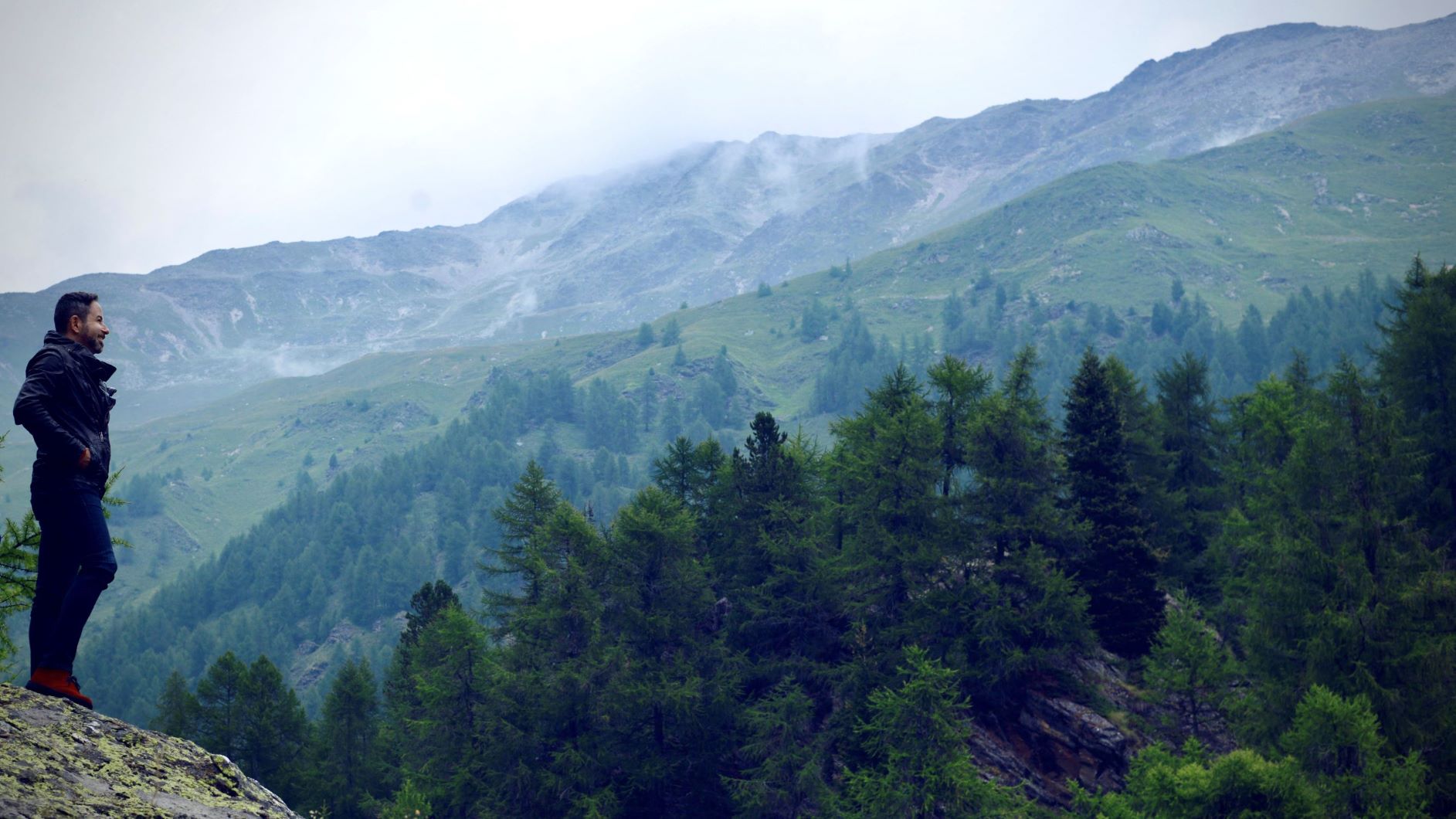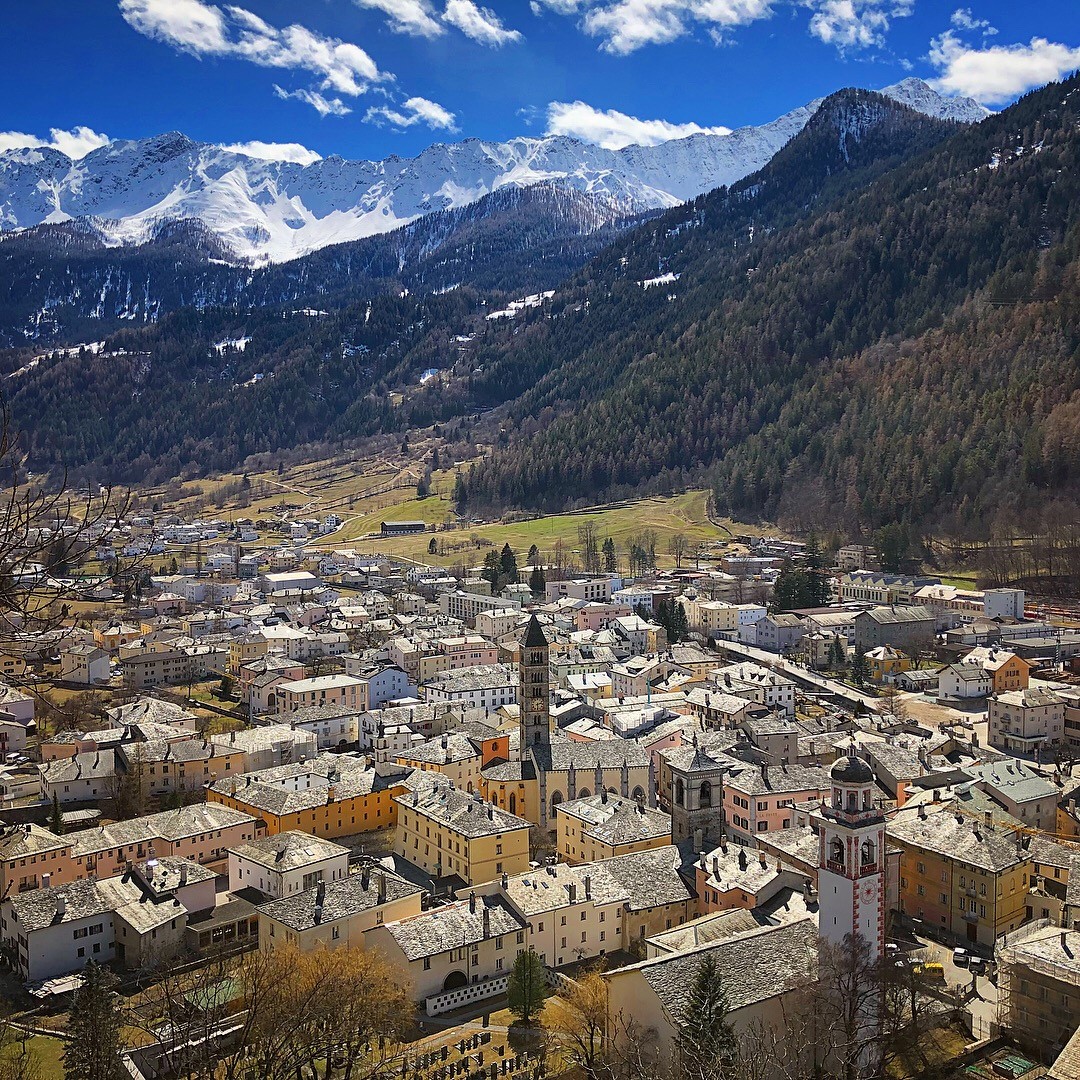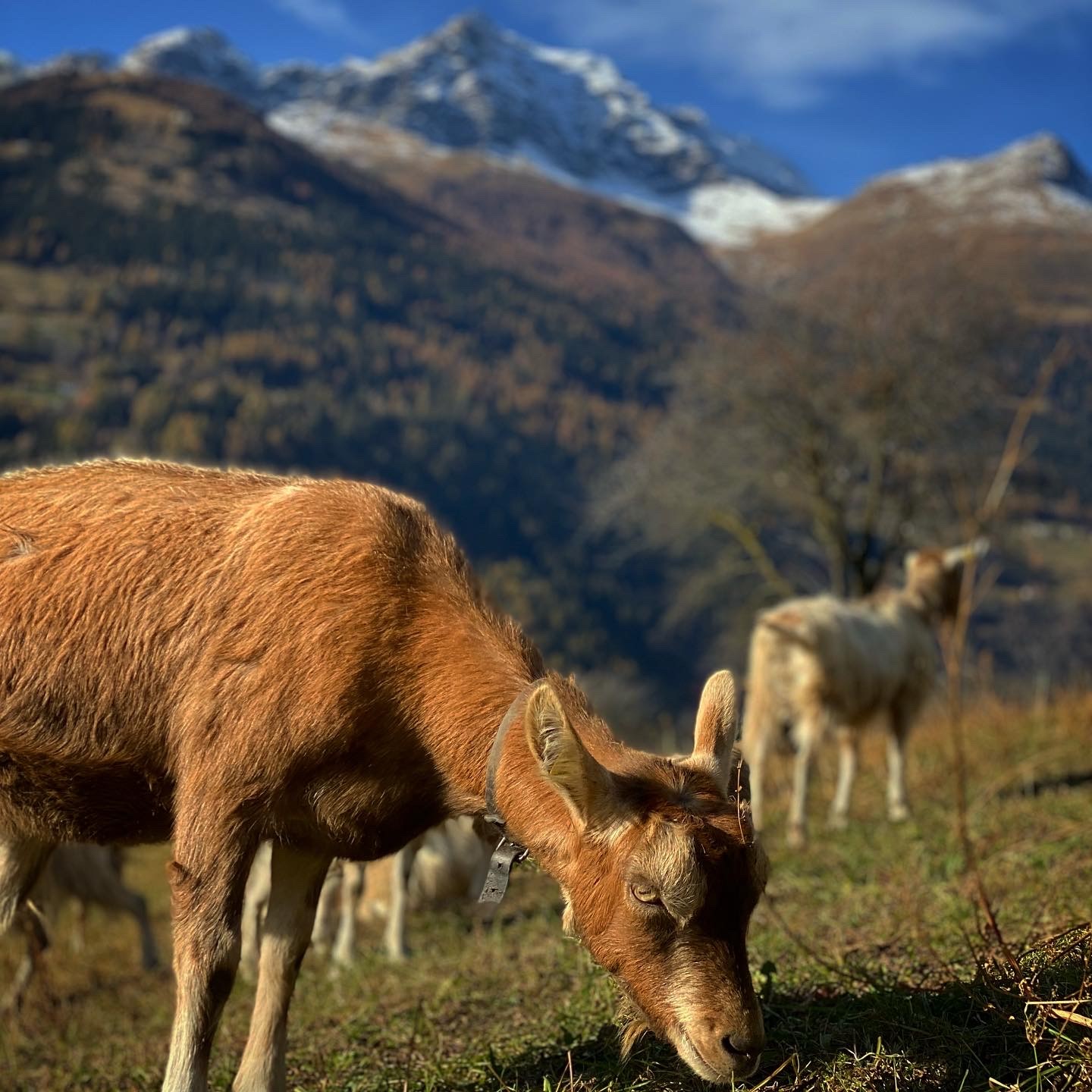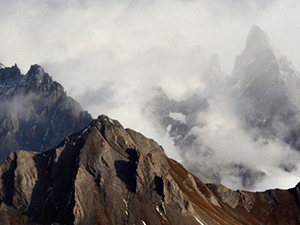Caretaker for Mountain Agriculture: “Change in complicated systems always starts small”
Cassiano Luminati, Director at Polo Poschiavo, is the climate caretaker for Mountain Agriculture. We interviewed him and got some interesting insights into his work and his vision for mountain agriculture in 2050. Read on below or watch the video below (in Italian) about the Climate Hour event organised in Valposchiavo on 5 June 2021 as part of the caretaker activities.
What is your motivation for your role as Caretaker for Mountain Agriculture?
“My motivation lies in the fact that for many years, I have been working on projects and territorial strategies that are closely related to traditional mountain agriculture and the valorization and safeguarding of traditional knowledge linked to it.
My story begins in Valposchiavo, a small Italian-speaking valley in the south of the Canton of Graubünden in Switzerland. For over 15 years, Valposchiavo has put agriculture at the centre of its development strategies, relaunching all the agri-food chains with visible benefits to the local economy, landscape and tourism. Moreover, it explored extensive networking activities of communities and institutions throughout the Alps. Throughout these developments, I was able to understand and experience the inherent richness and potential for the future in small-scale Alpine agriculture.
The preservation of the vast heritage of living traditions and knowledge related to Alpine food and agricultural supply chains, which we have begun to map and catalogue as part of the AlpFoodway project, is therefore the main motivation to commit myself as a Caretaker. I see it as one of the keys to a community-based and place-specific development that focuses on the needs of local populations.”
Where do you see the advantage of an Alpine network in the field of mountain agriculture?
“The advantages of a pan-Alpine network in the field of mountain agriculture are related to the fact that it is only through networking that it becomes possible to make visible and understand what the Alpine communities have in common at this juncture, thus creating a shared basis to be able to develop adequate tools to face the challenges of the future.
This is why, together with many others, I am actively working for the inscription of the Alpine Food Heritage in the UNESCO Representative List of Intangible Cultural Heritage of Humanity. A multinational nomination built on the common values that underpin Alpine food production and based on the traditional knowledge of individual communities. A recognition that will bring small-scale Alpine agriculture and the supply chains connected to it into a new dimension of valorization and visibility, and will provide an opportunity to develop new and innovative multilevel approaches to agricultural, economic, environmental, and cultural policies.”
You have one wish: How do you imagine mountain agriculture in 2050?
“In 2050, I envision mountain agriculture as follows:
- a healthy mountain agriculture that has been able to anticipate and adapt to climate change through innovation, creativity, and the valorization of traditional knowledge;
- that fully respects natural resources;
- that has maintained its rootedness in its cultural heritage through innovation and by making it an important commercial asset;
- that produces high quality products, respectful of the environment, biodiversity, and cultural heritage;
- that is at the centre of economic development and tourism for many territories through collaboration with all other economic, cultural, and social sectors;
- that still takes care of cultural and productive landscapes at all altitudes;
- that represents an attractive source of income for many families.
It may not be only one wish, but this is how I envision the mountain agriculture of the future and, in my own small way, I am committed to achieving these goals. Because I am convinced that change in complicated systems always starts small.”






